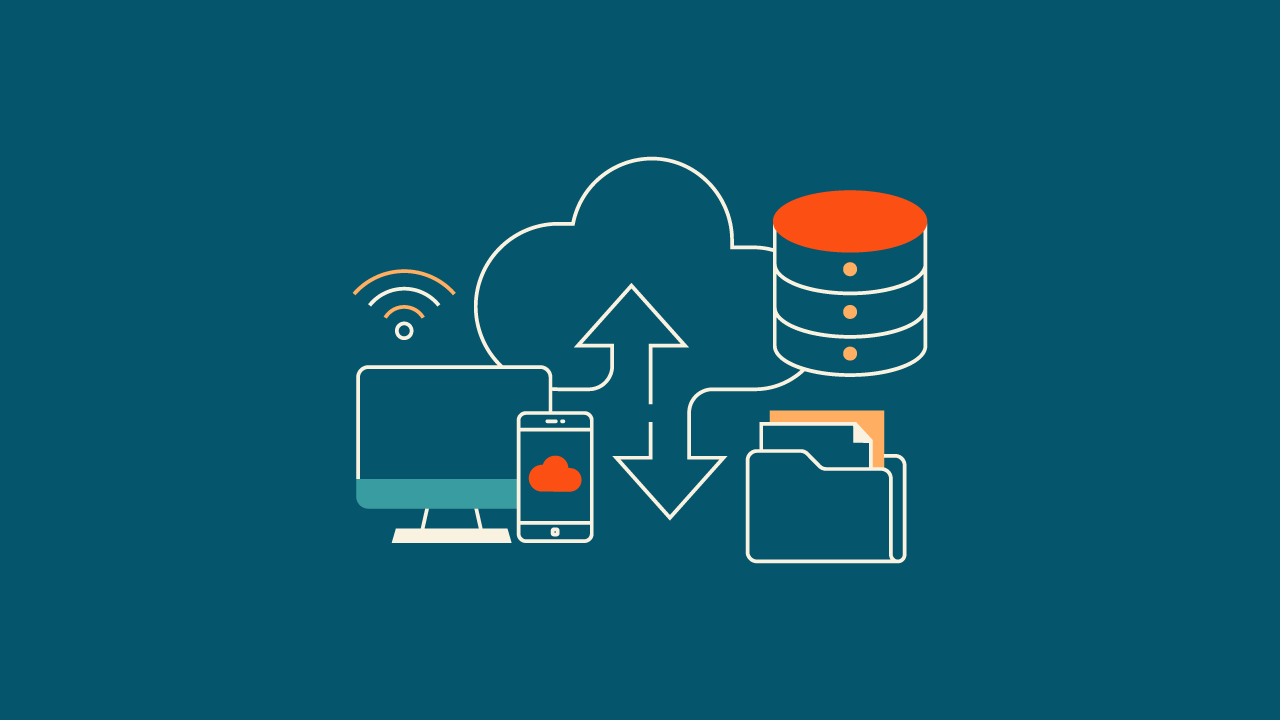Secure Remote Data Backups ROI Calculation
Secure Remote Data Backups ROI Calculation
Blog Article
Streamlined Remote Backup Windows Strategies
Technology for backup and storage is essential for protecting our digital data (Backup Solution For Files). It is crucial to have dependable backup and storage solutions in place in the digital age we live in, where data loss can be catastrophic. The various backup and storage technologies, their advantages, and how they can safeguard your important information are all covered in this article.

- Hard disk drives ( Hdds ):
The most popular type of storage technology employed by both individuals and businesses is hard disk drives. Data is stored on magnetic disks that are spinning. Hdds are suitable for storing large amounts of data because they have high capacities at reasonable prices. They can, however, be vulnerable to physical harm and are generally slower than other technologies.
- Solid-state drives ( Ssd )
Due to their quicker data transfer rates and dependability, solid-state drives are growing in popularity. Ssds use flash memory to store data instead of moving parts like Hdds do. They become more resilient and less prone to physical harm as a result. Applications like operating systems and frequently used software that need quick access to data are best suited for Ssds.
Next-gen Online Backup Vs Nas Quick Guide

- Storage on the cloud:
Due to its ease of use and accessibility, cloud storage has become extremely popular in recent years. It entails keeping data on internet-accessible remote servers. Virtually limitless scalability is provided by cloud storage, which also does away with the need for physical hardware. Additionally, it offers automatic backups and data redundancy, guaranteeing your files ' security.
- Network-assistant Storage ( Nas ):
A dedicated storage unit connected to a network called network-attached storage gives multiple clients simultaneously file-level access. Small businesses and homes that need centralized data storage and simple access can use Nas devices. They provide features for data backup, remote access, and sharing.
- Drives for tapes:
Even though tape drives are no longer in use, some industries still use them for long-term data archiving. High capacities, low cost per gigabyte, and offline storage options are all features of tape drives. In large businesses that need secure and dependable long-term storage, they are typically used for data backup.
Smart Lenovo Servers Case Studies
- The use of virtualization
A single physical machine can run multiple virtual machines thanks to virtualization technology. In terms of resource use and flexibility, it provides significant benefits. Virtual environment-specific backup and storage solutions make recovery and backup efficient, ensuring business continuity.
- Replication:
Duplicate data copies are made and stored on different devices or locations as part of replication. By reducing data loss in the event of hardware failures, natural disasters, or cyber attacks, it is essential for disaster recovery. Data consistency across various locations is guaranteed by real-time replication.
- duplicate:
By storing only unique data blocks, duplication can be used to get rid of redundant data. It speeds up backup and recovery processes while reducing the need for storage space. Deduplication technology improves storage effectiveness without compromising data integrity by identifying and removing duplicate data.
Innovative Backup Solution For Hard Drive Customization Options
- Backups that are incremental:
Only the changes made since the previous full or incremental backups are backed up when making an initial backup. Backup time and storage requirements are greatly decreased by this strategy. Restoring data from incremental backups, however, might take longer because it necessitates doing so chronologically.
- Disaster Recovery Planning:
To guarantee business continuity in the event of data loss or system failures, a thorough disaster recovery plan is necessary. Data backup, restoration, and continuity measures strategies and procedures are included. The disaster recovery plan's regular testing and updating aid in spotting potential flaws and guaranteeing its efficacy.
- Data encryption
Data encryption prevents unauthorized access by converting data into an unreadable format. Data confidentiality is guaranteed by the fact that only the correct encryption key can be used to decrypt encrypted data. When storing sensitive or personal information, encryption is especially important to avoid identity theft and data breaches.
User-friendly Backup Solution For Ubuntu Implementation Guide

- Solutions for hybrid storage
Solutions for hybrid storage combine the advantages of cloud storage, Ssds, and Hdds. Organizations can improve performance, cost-effectiveness, and data accessibility by utilizing the advantages of each technology. Intelligent data tiering is made possible by hybrid solutions, which automatically transfer frequently accessed data to more quickly held data.
- Management of the data lifecycle:
Managed data over the course of its entire life cycle, from creation to deletion, is known as data lifecycle management. Processes like data classification, policies for retention, and archival techniques are included. Data is efficiently stored, made available when needed, and complies with regulatory requirements thanks to effective data lifecycle management.
Key Takeaways or a related term
Robust Automated Data Backup Efficiency Breakdown
- Technologies for backup and storage are crucial for safeguarding digital data.
Hard disk drives ( Hdds click now ) provide high-capacity storage at an affordable price, but they can also be slower and vulnerable to physical harm.
Solid-state drives ( Ssd ) offer greater reliability and faster data transfer rates.
- Automatic backups, scalability, and convenience of cloud storage.
- Network-attached storage ( Nas ) gives homes and small businesses simple access and centralized storage.
- In some industries, tape drives are still used for long-term data archiving.
- In virtual environments, virtualization enables effective backup and recovery.
By making duplicate copies advice in various locations, replication reduces data loss.
- By getting rid of redundant data, deduplication lowers the need for storage space.
By only backing up changes made since the last backup, incremental backups save time and space.
In the event of data loss or system failures, disaster recovery planning guarantees business continuity.
- Secure data encryption guards against unauthorized access to sensitive data.
- To maximize performance and cost-effectiveness, hybrid storage solutions combine various technologies.
- Data lifecycle management oversees data's lifespan, ensuring effective storage and regulatory compliance.
Report this page